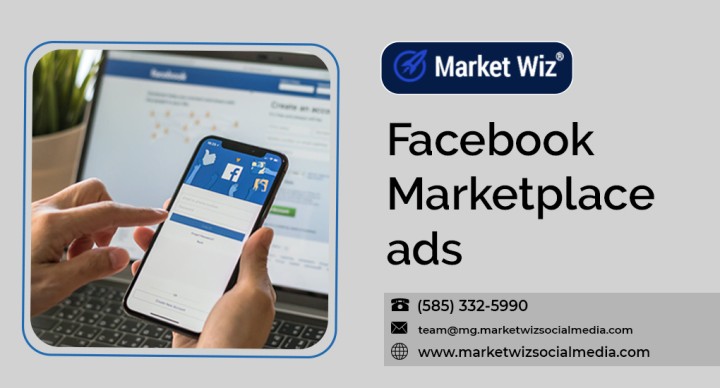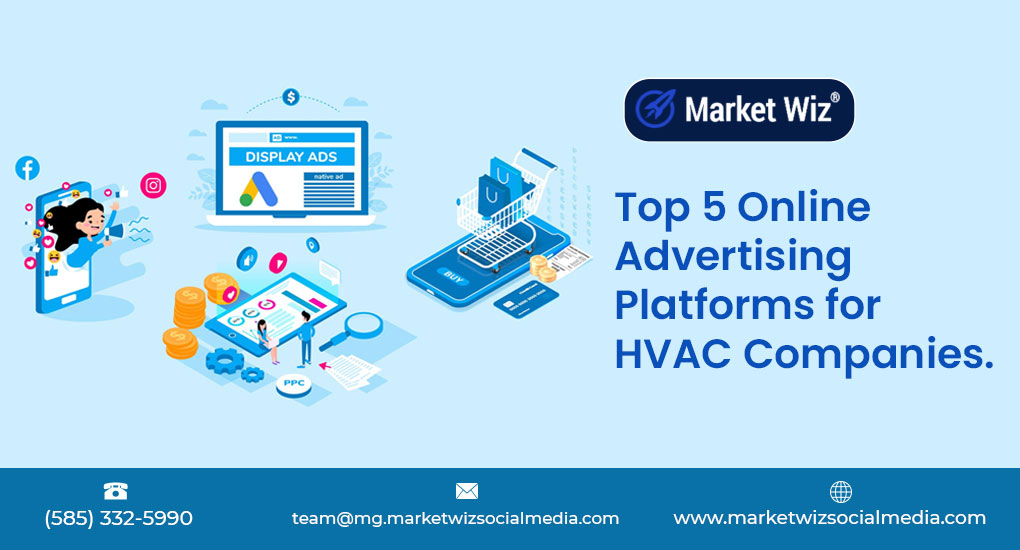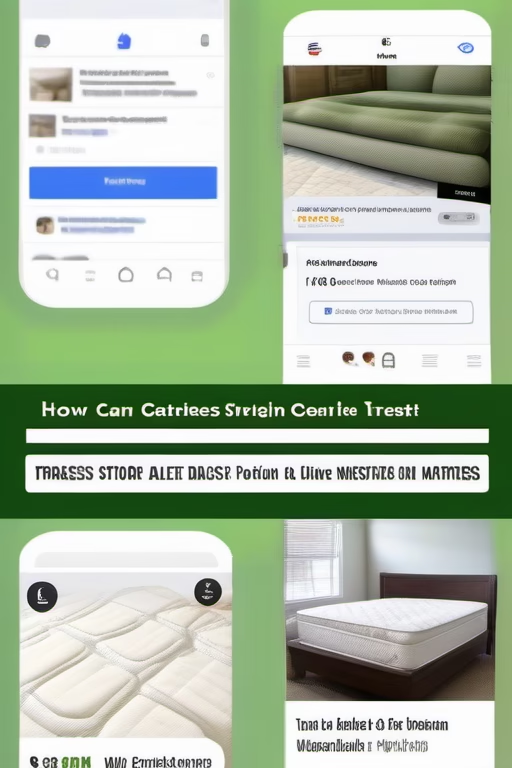How to Rank Your Business #1 on Google Maps in 2025
Local SEO Mastery by Market Wiz AI
Table of Contents
- Introduction: How to Rank Your Business #1 on Google Maps in 2025
- 1. Key Google Maps Ranking Factors
- 1.1 Proximity
- 1.2 Relevance
- 1.3 Prominence
- 1.4 Behavioral Signals
- 1.5 Personalization
- 2. Optimize Your Google Business Profile
- 2.1 Complete Business Information & Categories
- 2.2 Photos, Videos & Virtual Tours
- 2.3 Regular Posts & Updates
- 2.4 Services, Attributes & Q&A
- 3. On-Page Local SEO Tactics
- 3.1 NAP Consistency
- 3.2 Local Schema Markup
- 3.3 Geo-Targeted Content
- 3.4 Mobile & Performance Optimization
- 4. Off-Page & Citation Building
- 4.1 High-Authority Citations
- 4.2 Niche & Local Directory Submissions
- 4.3 Backlink Strategies
- 4.4 Social & Community Signals
- 5. Reviews & Reputation Management
- 5.1 Soliciting Genuine Reviews
- 5.2 Crafting Timely Responses
- 5.3 Handling Negative Feedback
- 6. Google Maps Penalty Prevention
- 7. Advanced Strategies
- 7.1 Local Services Ads (LSA)
- 7.2 Geo-Fencing & Beacon Marketing
- 7.3 MapPack & OSM Enhancements
- 8. Tracking & Analytics
- 8.1 GMB Insights
- 8.2 Google Analytics & Search Console
- 8.3 Third-Party Tools
- 9. Conclusion & Action Plan
- 25 FAQs
- 25 Extra Keywords
Introduction: How to Rank Your Business #1 on Google Maps in 2025
How to Rank Your Business #1 on Google Maps in 2025 is the top priority for any local enterprise aiming to capture more visibility and drive foot traffic. In this guide, we’ll dive into the ranking factors, on‑page optimizations, citation strategies, review management, and advanced tactics you need to secure the coveted top spot in the map pack.
1. Key Google Maps Ranking Factors
1.1 Proximity
Google prioritizes businesses nearest to the searcher’s location. Ensure your business address is accurate and up‑to‑date in GMB.
1.2 Relevance
Match your categories and service keywords to what users search. Use “plumber,” “emergency plumber,” or “pipe repair” based on intent.
1.3 Prominence
Online mentions, backlinks, and media coverage boost your prominence. Cultivate local partnerships and sponsorships.
1.4 Behavioral Signals
Clicks, calls, direction requests, and website visits signal engagement. Optimize your GMB to encourage these actions.
1.5 Personalization
Search history, user preferences, and device all factor in. Regularly update content to stay fresh and relevant.
2. Optimize Your Google Business Profile
2.1 Complete Business Information & Categories
Fill out every field—hours, services, attributes, and primary/secondary categories—to improve relevance and discoverability.
2.2 Photos, Videos & Virtual Tours
Upload high‑quality images of your storefront, team, and products. Use a 360° virtual tour to increase engagement.
2.3 Regular Posts & Updates
Publish weekly offers, events, and announcements. Fresh posts encourage repeat visits and signal activity to Google.
2.4 Services, Attributes & Q&A
Add detailed service listings and attributes like “wheelchair accessible” or “free Wi‑Fi.” Monitor and answer customer questions promptly.
3. On-Page Local SEO Tactics
3.1 NAP Consistency
Ensure Name, Address, Phone are identical across your website, GMB, and all citation sources for trust signals.
3.2 Local Schema Markup
Implement LocalBusiness schema on your site to help search engines understand your location, hours, and services.
3.3 Geo-Targeted Content
Create blog posts and landing pages focused on local neighborhoods, landmarks, and community events to capture long‑tail map queries.
3.4 Mobile & Performance Optimization
Ensure your site loads under 3 seconds on mobile and is fully responsive—Google favors fast, mobile‑friendly pages.
4. Off-Page & Citation Building
4.1 High-Authority Citations
List your business in top local directories (Yelp, YellowPages, BBB) to boost credibility.
4.2 Niche & Local Directory Submissions
Submit to industry‑specific and hyperlocal sites for targeted relevance and backlink diversity.
4.3 Backlink Strategies
Guest post on local blogs, sponsor community events, and earn press mentions to build quality links.
4.4 Social & Community Signals
Engage on local Facebook groups, Nextdoor, and community forums to generate social proof and referrals.
5. Reviews & Reputation Management
5.1 Soliciting Genuine Reviews
Use email and SMS follow‑ups to ask happy customers for 5‑star reviews on Google.
5.2 Crafting Timely Responses
Reply within 24 hours, thanking reviewers or addressing issues, to show active engagement.
5.3 Handling Negative Feedback
Offer solutions publicly, then take sensitive details offline to resolve disputes professionally.
6. Google Maps Penalty Prevention
Avoid keyword stuffing in your business name, ensure real addresses, and never create fake reviews. Regularly audit your profile for compliance.
7. Advanced Strategies
7.1 Local Services Ads (LSA)
Bid to appear above organic map results for service-based queries—great for lawyers, plumbers, and cleaners.
7.2 Geo-Fencing & Beacon Marketing
Use location-based ads and in-store beacons to drive foot traffic and offline interactions.
7.3 MapPack & OSM Enhancements
Leverage OpenStreetMap contributions and embed map widgets on your site to boost map authority.
8. Tracking & Analytics
8.1 GMB Insights
Monitor searches, views, direction requests, and calls directly in your Google Business dashboard.
8.2 Google Analytics & Search Console
Track organic traffic to your local landing pages and queries that trigger map results.
8.3 Third-Party Tools
Use tools like BrightLocal, Moz Local, or SEMrush for deeper citation audits and rank tracking.
9. Conclusion & Action Plan
Ranking #1 on Google Maps in 2025 requires a holistic approach: optimize your GMB, build authoritative citations, manage reviews proactively, and leverage advanced tactics like LSAs and geo-fencing. Follow this roadmap step by step, measure your results, and adjust to stay at the top of local search.
25 Frequently Asked Questions
1. What is Google Maps SEO?
Google Maps SEO involves optimizing your Google Business Profile and external signals to improve map-pack ranking.
2. Why is ranking #1 on Google Maps important?
Top placement drives the majority of clicks, calls, and direction requests from local searchers.
3. How long does it take to rank #1?
With consistent effort, many businesses see significant improvements in 3–6 months.
4. Can I rank if I’m not in the city center?
Yes—proximity matters less when relevance and prominence signals are strong.
5. How many reviews do I need?
Aim for 50+ high‑quality reviews to build trust and ranking authority.
6. Does citation quantity matter?
Quality over quantity—focus on authoritative, relevant directories first.
7. What schema should I use?
Implement LocalBusiness schema with address, phone, opening hours, and geo-coordinates.
8. How often should I post updates?
Weekly posts keep your profile active and signal engagement to Google.
9. Are virtual tours beneficial?
Yes—360° tours increase engagement and dwell time on your profile.
10. How do I handle review spam?
Flag fake reviews in GMB and maintain documentation to support removals.
11. Should I use LSAs?
Service-based businesses can capture top placement and pay-per-lead with LSAs.
12. What tools track map rankings?
BrightLocal, Whitespark, and SEMrush offer localized rank tracking features.
13. How do I prevent penalties?
Follow GMB guidelines: use true business names, real addresses, and authentic reviews.
14. Can I optimize multiple locations?
Yes—create separate profiles per location with distinct citations and localized content.
15. How important are social signals?
Engagement on local social platforms supports prominence and brand awareness.
16. Does mobile performance matter?
Absolutely—most map searches occur on mobile devices with instant results.
17. Should I embed a Google Map on my site?
Embedding a map widget can reinforce your location signal to Google.
18. How do I optimize for voice search?
Use conversational keywords and FAQ content to capture “near me” voice queries.
19. What is geo-fencing marketing?
Target ads or push notifications to users when they enter a defined geographic area.
20. How do I audit my citations?
Use tools like Moz Local or BrightLocal to identify inconsistencies and duplicates.
21. What metrics matter most?
Direction requests, calls, searches, and profile views indicate map visibility.
22. How to improve prominence quickly?
Earn local press mentions, sponsor events, and partner with authoritative sites.
23. Can content marketing help?
Yes—local blogs and landing pages attract geo‑targeted traffic and citation links.
24. Is GMB free?
Yes—Google Business Profile is free to claim and optimize.
25. Where can I learn more?
Explore Market Wiz AI’s resource center for in‑depth guides, webinars, and case studies.
25 Extra Keywords
- google maps seo
- rank #1 google maps
- local map ranking 2025
- google business profile optimization
- local seo 2025
- proximity ranking factor
- google maps citations
- schema markup local seo
- local search optimization
- gmb photo optimization
- google maps reviews
- local services ads 2025
- geotargeting strategies
- map pack ranking
- nap consistency checks
- citation building tools
- reputation management seo
- behavioral signals seo
- voice search local seo
- mobile map seo
- local seo checklist
- multi-location seo
- geo-fencing marketing
- third-party map tools
- maps analytics tools

















